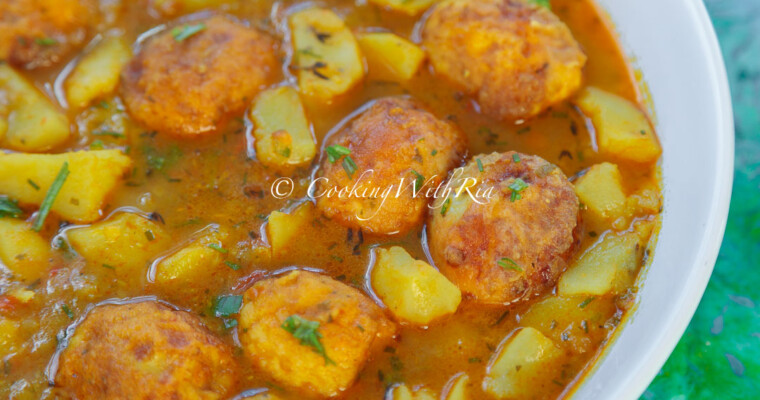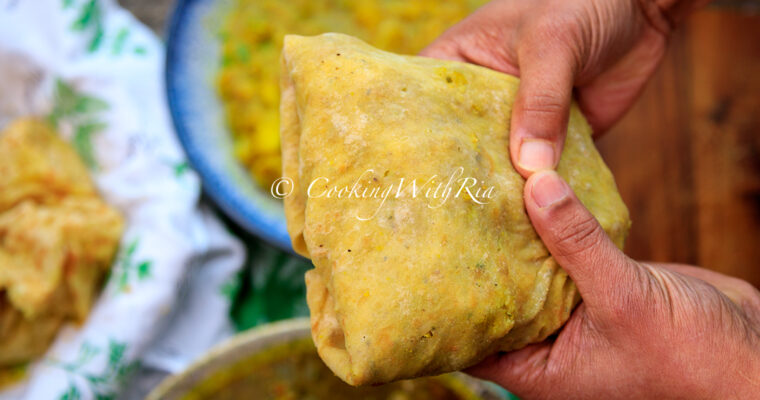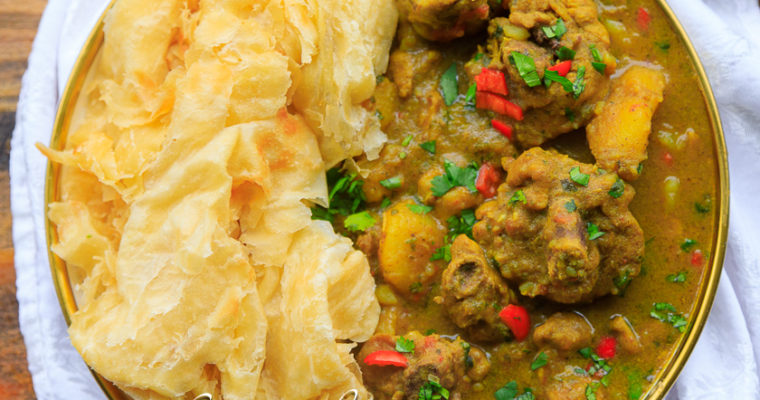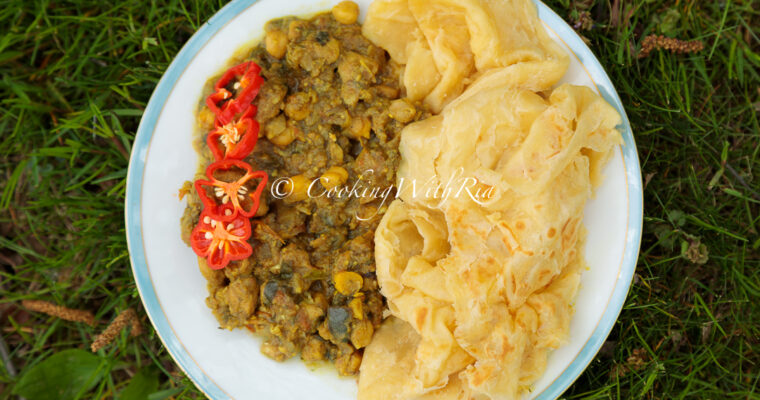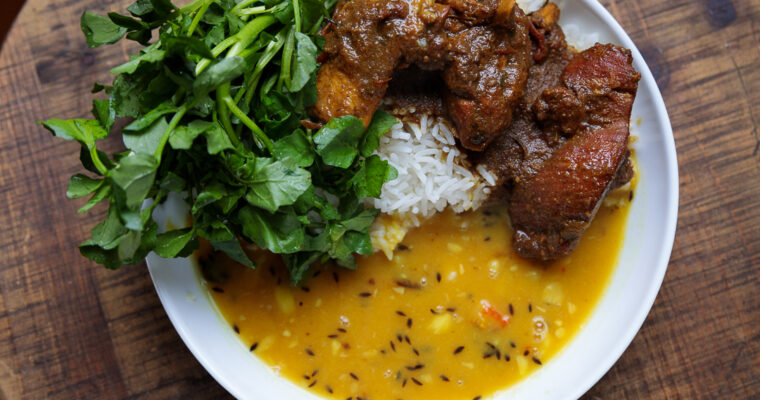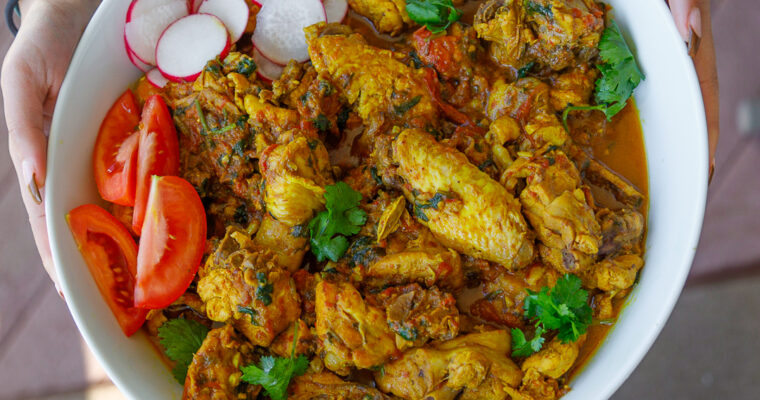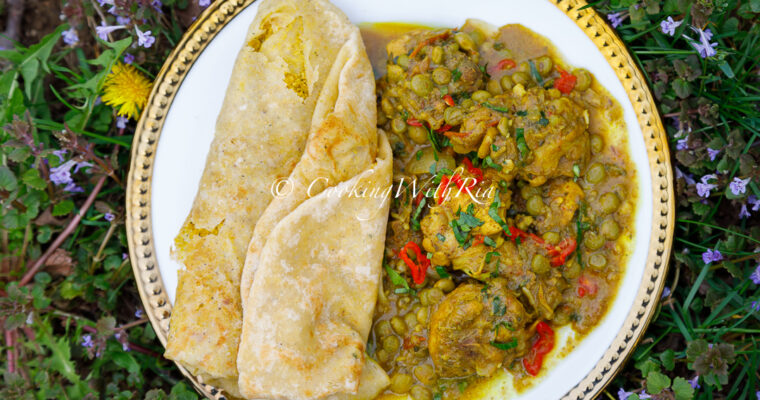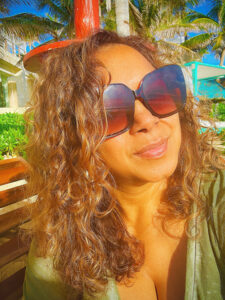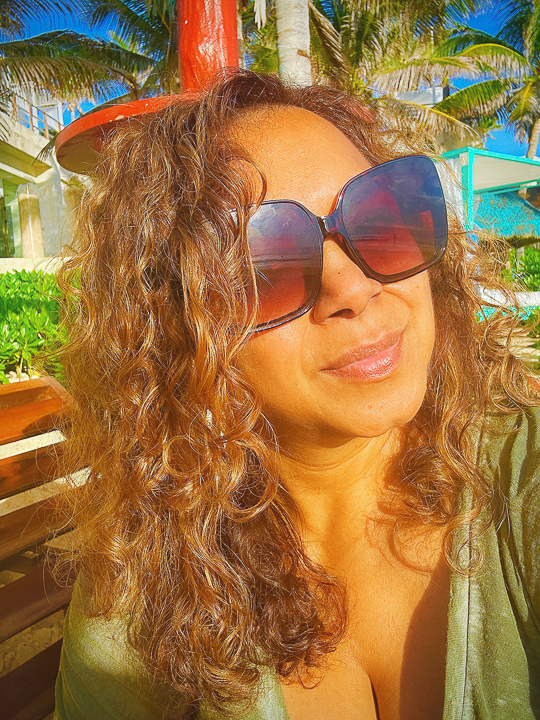Eid in Trinidad is a vibrant celebration that reflects the island’s rich cultural and religious diversity. Observed by the Muslim community, Eid-ul-Fitr marks the end of Ramadan, a month of fasting and spiritual reflection.
Muslims in Trinidad
Muslims have been an integral part of Trinidad’s cultural landscape since the arrival of the first Muslim immigrants in the 19th and early 20th centuries. Predominantly of Indian descent, they arrived as indentured laborers during the colonial period and have since become an essential component of the island’s multicultural society. Today, the Muslim community is active in various aspects of public and community life, contributing to Trinidad’s diverse cultural fabric.
Celebrating Eid in Trinidad
**1. Preparations and Festivities
Eid begins with a special morning prayer, Salat al-Eid, held at mosques or community centers. Following the prayer, there is a sense of unity and joy as families and friends gather to mark the end of Ramadan.
**2. Festive Gatherings
Eid is a time for coming together with family and friends to celebrate. The festivities often include sharing traditional meals, exchanging gifts, and enjoying communal activities.
**3. Sample Traditional Eil-ul-Fitr Menu
Eid celebrations in Trinidad are marked by a variety of delicious traditional dishes, reflecting the island’s rich culinary heritage. Here are a few favorites:
- Curry Goat: A flavorful and aromatic dish made with tender pieces of goat meat cooked in a spiced curry sauce. It’s a popular choice for special occasions and adds a rich, savory element to the Eid feast.
- Channa and Aloo: This dish features chickpeas and potatoes cooked with spices, offering a hearty and satisfying option that is both comforting and flavorful.
- Mango Talkari or Curry Mango: This dish is made with mango pieces cooked with spices and sweetened. It’s a tangy and spicy accompaniment that pairs well with various dishes.
- Sawine: A traditional sweet vermicelli dish, often enjoyed during Eid. It is prepared with milk, sugar, and spices, and sometimes garnished with nuts and dried fruits.
- Malida (or Maleeda): A sweet dish made from crushed paratha mixed with sugar, spices, condensed milk, ghee, and sometimes dried fruits. It’s a comforting and indulgent treat often enjoyed during festive occasions.
- Paratha(Buss up shot): A soft, flaky leavened flatbread often served with various dishes. It’s a staple in many Trinidadian Eid meals and complements a variety of main courses.
- Gulab Jamoon (Fat Kurma): Sweet, deep-fried dough balls finished with a sugar glaze(phaag). Known locally as fat kurma, it’s a popular and indulgent dessert enjoyed during festive celebrations.
**4. Community and Cultural Activities
Eid in Trinidad is marked by various cultural activities and community events. Families visit one another, and food and sweet treats are shared with both Muslim and non-Muslim neighbors. The festive atmosphere fosters a sense of unity and joy.
**5. Charitable Acts
Charity is a significant aspect of Eid. Many Trinidadian Muslims take the opportunity to give back to the community through acts of generosity, such as providing meals to those in need. This spirit of giving reflects the values of compassion and community service integral to the celebration.
Overall, Eid in Trinidad is a joyous and inclusive occasion that highlights the island’s cultural diversity and the Muslim community’s rich traditions. The celebration is a blend of religious observance, communal bonding, and flavorful culinary delights, making it a meaningful and festive time for all.
Dates in 2024 and 2025
Eid-ul-Fitr is based on the Islamic lunar calendar, so its exact date varies each year according to the sighting of the moon. For Trinidad and Tobago, these dates are subject to local moon sighting reports and may vary slightly. Here are the estimated dates for Eid-ul-Fitr for 2024 and 2025:
- Eid-ul-Fitr 2024: Monday, April 10, 2024
- Eid-ul-Fitr 2025: Expected to be on Saturday, March 29, 2025 (subject to moon sighting).
These dates can change based on the actual sighting of the moon, so it’s always a good idea to check with local Islamic authorities for the confirmed date closer to the time.

